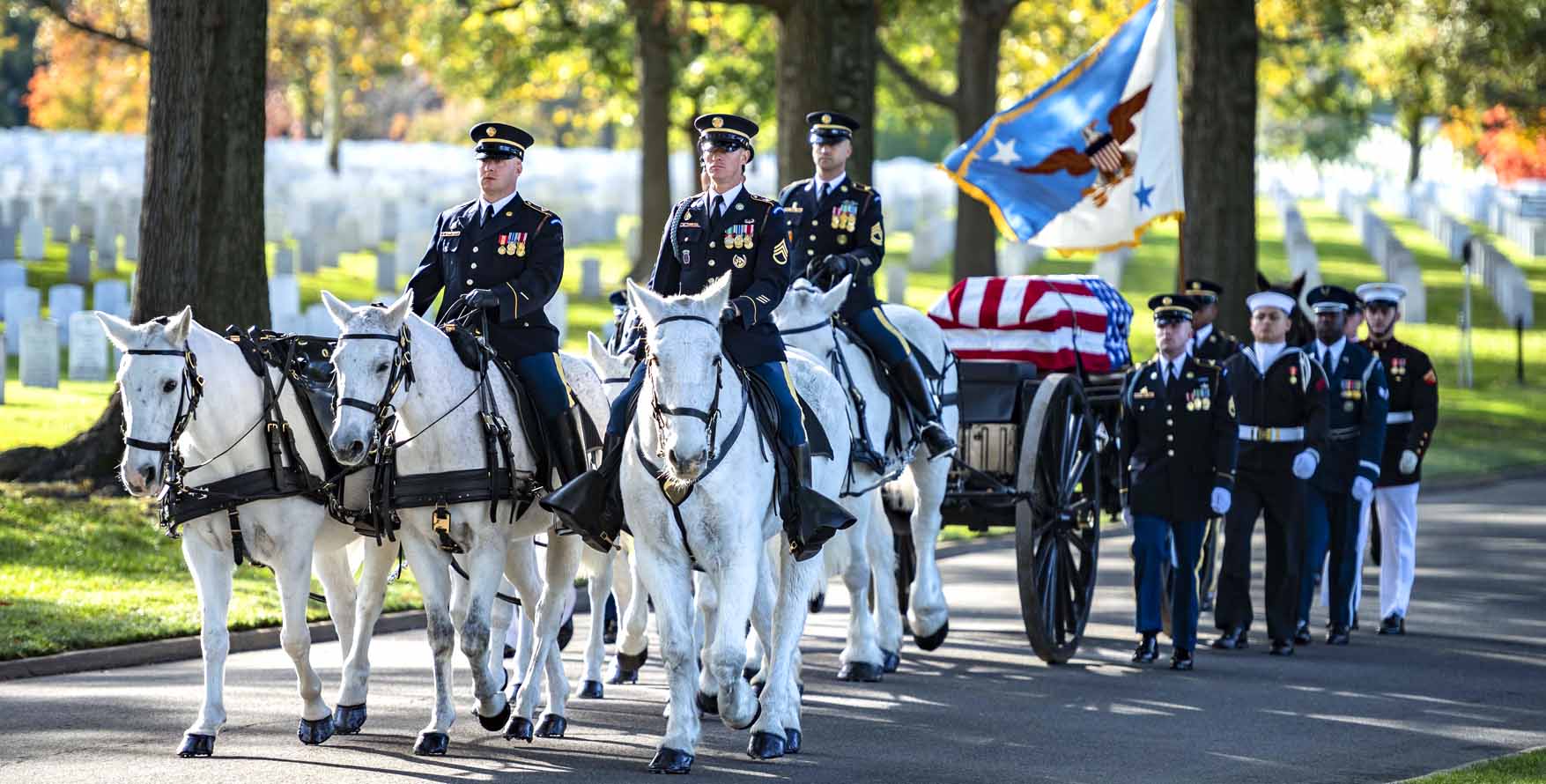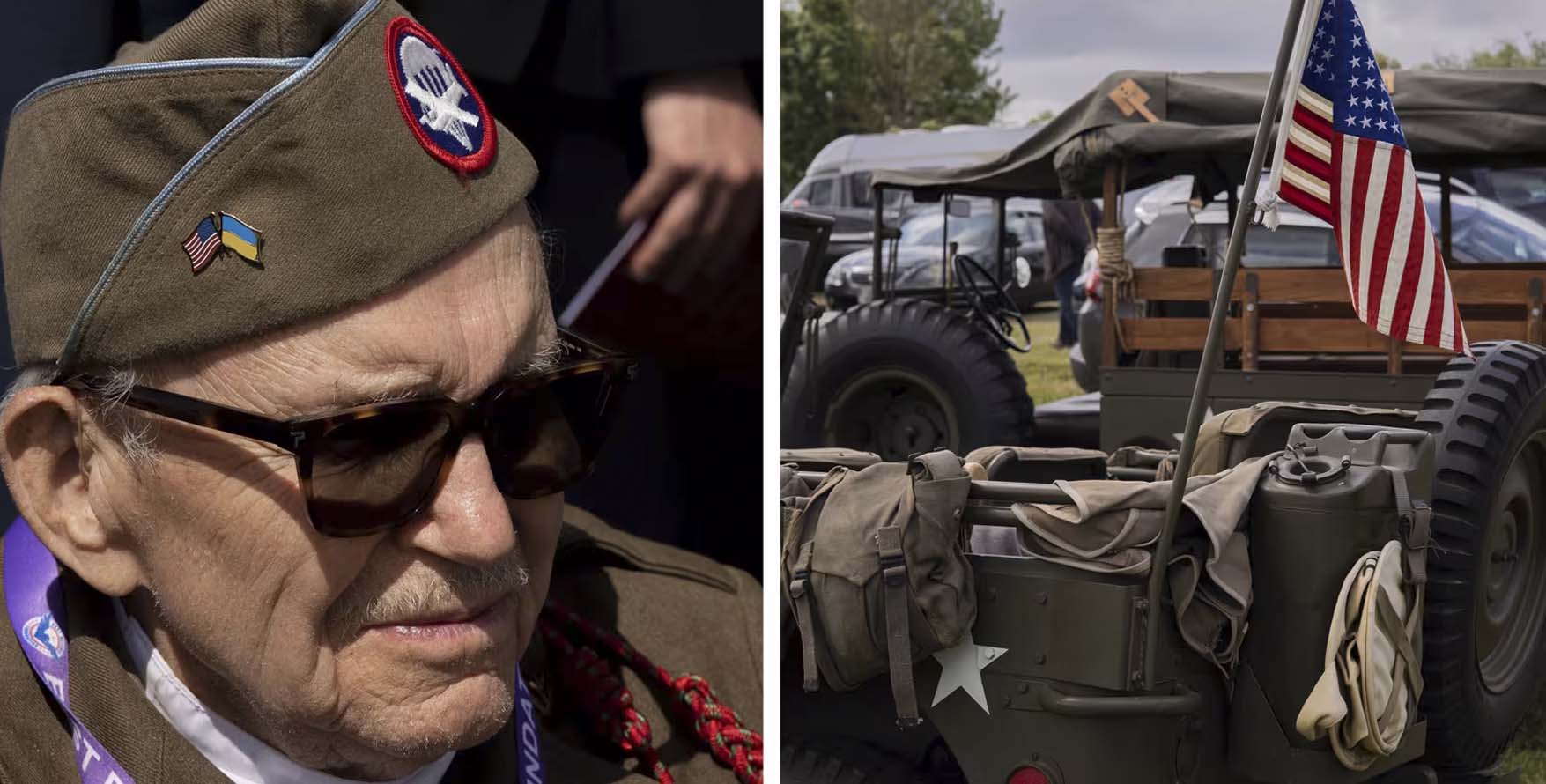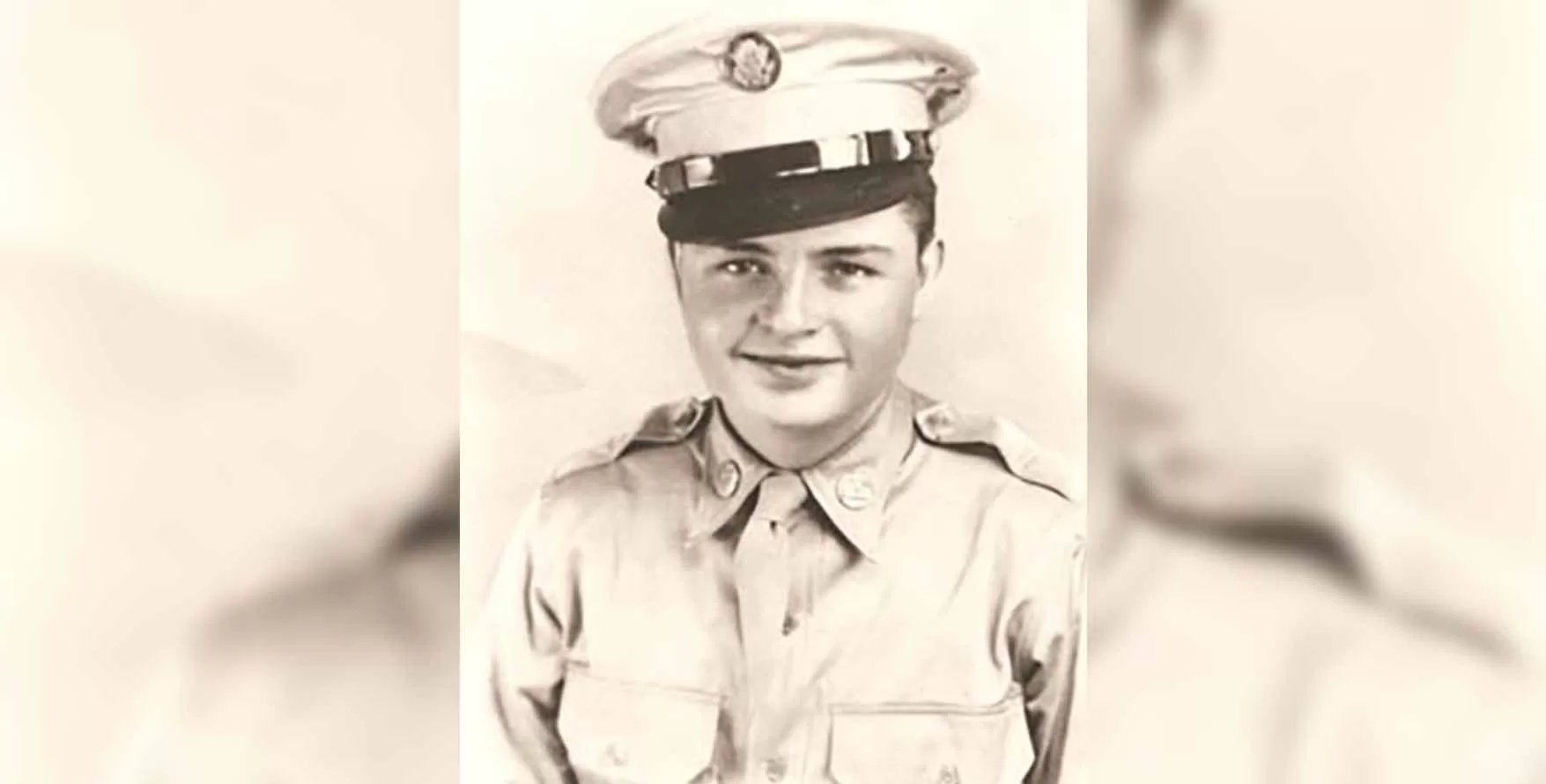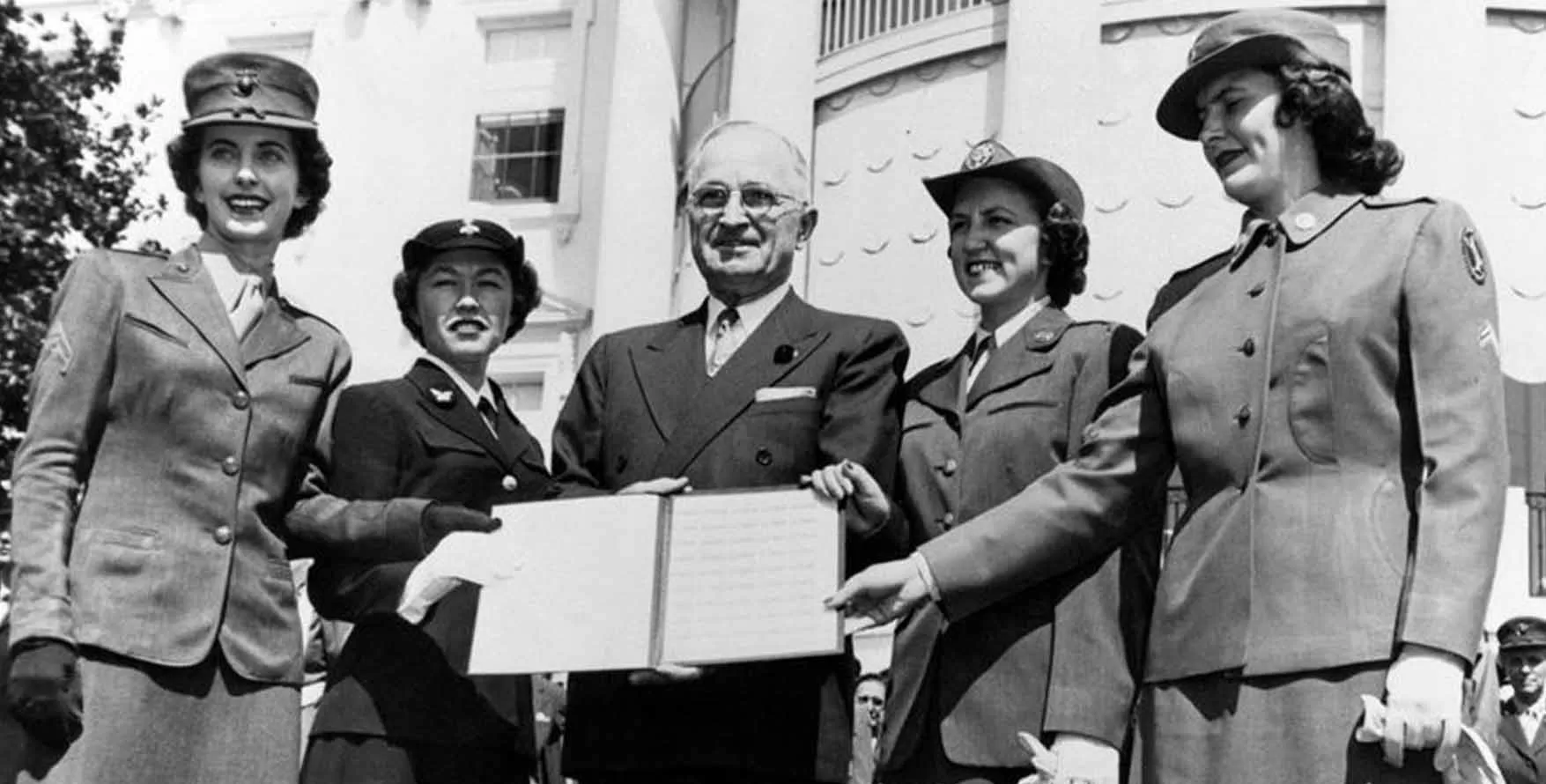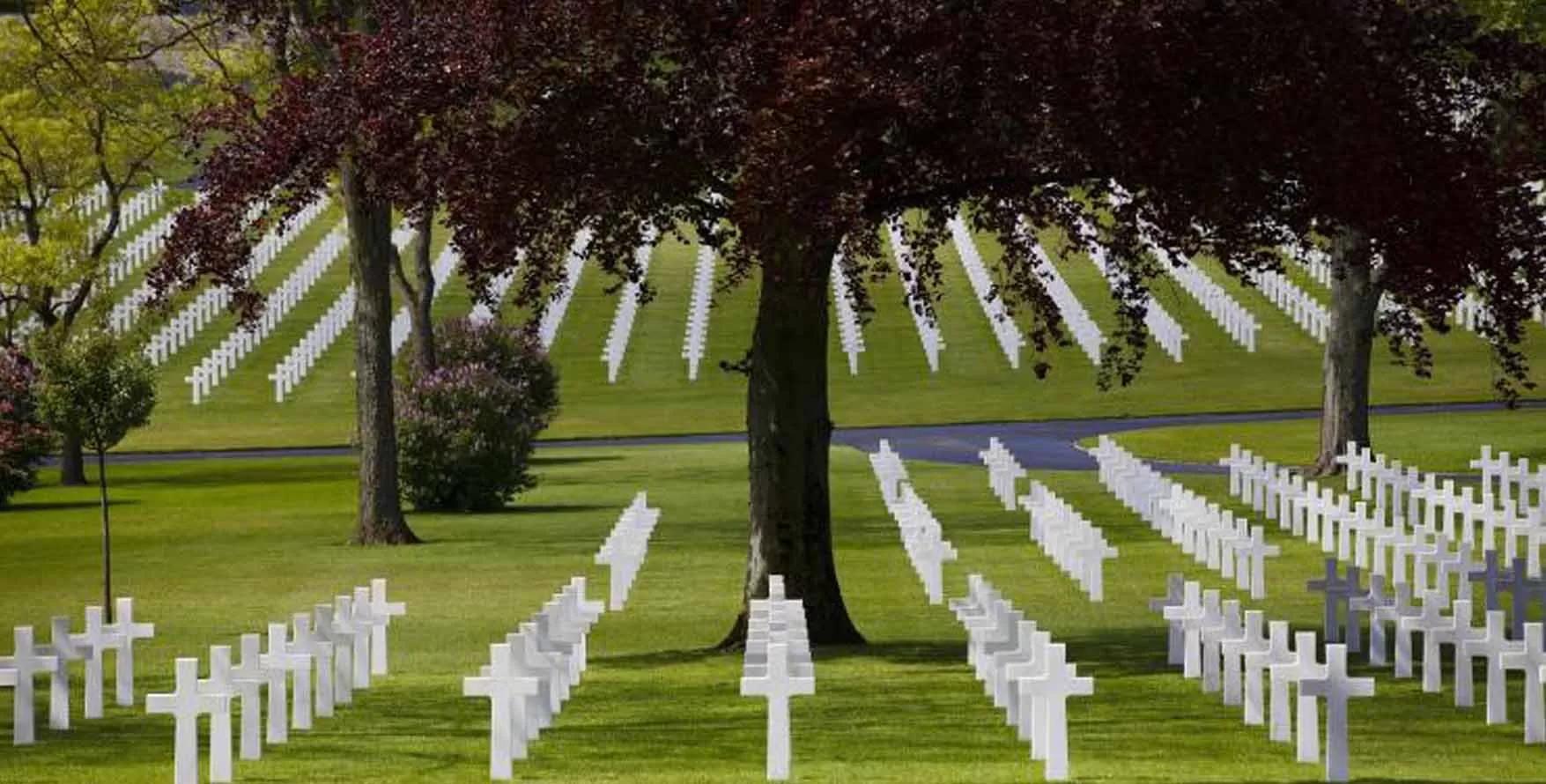Introduction:
Arlington National Cemetery, with its rolling hills and endless rows of white marble headstones, stands as a poignant testament to the sacrifices made by countless brave men and women in service to the United States. This revered national site spans over 600 acres in Arlington, Virginia, and is the final resting place for over 400,000 military personnel, veterans, and their families. In this article, we’ll explore the storied history of Arlington National Cemetery, from its Civil War origins to the solemn traditions and ceremonies that continue to this day.
Related Articles:
- Unveiling the History of the Tomb of the Unknown Soldier at Arlington National Cemetery
- Section 60 of Arlington National Cemetery: A Sacred Place of Honor, Remembrance, and Healing
- The History of Memorial Day: A Timeless Tribute to America’s Fallen Heroes
- Honoring Our Heroes: The History and Significance of Armed Forces Day
Origins: The Arlington Estate and the Civil War
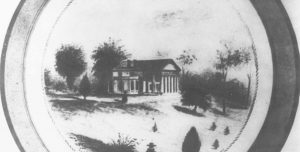
Arlington National Cemetery’s history is inextricably linked to the Arlington Estate, once the home of George Washington Parke Custis, the adopted grandson of President George Washington. Custis built the Arlington House in 1802 to honor his adopted grandfather and house his vast collection of Washington memorabilia. In 1857, the estate passed to Custis’ daughter, Mary Anna Randolph Custis, who had married Robert E. Lee, the future Confederate General.
As the Civil War raged, the federal government faced a pressing need for burial space for fallen Union soldiers. In 1864, Quartermaster General Montgomery C. Meigs recommended the Arlington Estate for this purpose, and the first military burial took place on May 13, 1864. The government’s decision to establish a cemetery on the property effectively rendered it uninhabitable for the Lee family, and the estate was eventually sold at public auction.
Expansion and Evolution: From the Civil War to World War II
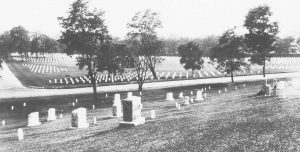
Arlington National Cemetery grew rapidly during and after the Civil War, with thousands of fallen soldiers interred on the grounds. In 1866, the government established the first military monument, the Civil War Unknowns Monument, to honor unidentified Union soldiers. Over the following decades, Arlington expanded to accommodate veterans from the Spanish-American War, World War I, and World War II. Notable memorials and monuments, such as the Spanish-American War Nurses Memorial, the Argonne Cross, and the Tomb of the Unknown Soldier, were erected during this period.
The Tomb of the Unknown Soldier: A National Symbol of Sacrifice
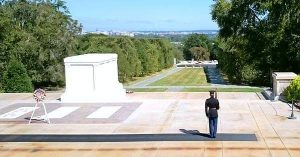
The Tomb of the Unknown Soldier, dedicated on November 11, 1921, has become an iconic symbol of the Arlington National Cemetery and the nation’s commitment to honoring its fallen heroes. The tomb contains the unidentified remains of service members from World War I, World War II, and the Korean War. The Vietnam War’s unknown soldier was later identified through DNA testing and returned to his family. The tomb remains guarded 24 hours a day, 365 days a year, by the elite Tomb Guard Sentinels from the 3rd U.S. Infantry Regiment, known as “The Old Guard.”
Notable Burials and Ceremonies: A Legacy of Honor
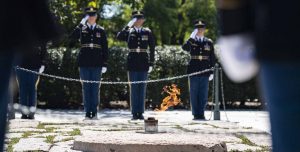
Throughout its history, Arlington National Cemetery has been the site of numerous notable burials and ceremonies. The cemetery is the final resting place for two U.S. presidents, John F. Kennedy and William Howard Taft, as well as other prominent figures such as Supreme Court Justice Thurgood Marshall, astronaut John Glenn, and military leaders like General John J. Pershing. Arlington has also hosted many significant events, including the state funeral of President Kennedy, the internment of the Challenger Space Shuttle astronauts, and the annual National Memorial Day Observance.
Traditions and Ceremonies: Honoring the Fallen
Arlington National Cemetery is renowned for its solemn and dignified ceremonies, which pay tribute to the fallen and their families. Some of the most notable traditions and ceremonies include:
- Changing of the Guard: A meticulously choreographed ritual performed by the Tomb Guard Sentinels at the Tomb of the Unknown Soldier. The guard is changed every hour during the winter months and every half hour during the summer months.
- Flags In: An annual tradition in which “The Old Guard” places an American flag at each headstone in the cemetery before Memorial Day, commemorating the sacrifices of the deceased and their service to the nation.
- Wreaths Across America: A yearly event held in December, during which volunteers place wreaths on the headstones at Arlington National Cemetery and other veterans’ cemeteries nationwide to honor those who have served.
Visiting Arlington National Cemetery: A Sacred Experience
For those visiting Arlington National Cemetery, the experience is both humbling and inspiring. Visitors can explore the vast grounds, attend ceremonies, and pay their respects to those who have made the ultimate sacrifice for their country. Some of the must-see sites within the cemetery include the Arlington House, the Tomb of the Unknown Soldier, the Eternal Flame at President Kennedy’s gravesite, and the numerous memorials and monuments that dot the landscape.
More Information: https://www.arlingtoncemetery.mil/
The history of Arlington National Cemetery is a powerful reminder of the valor and dedication of America’s military personnel and their families. As the final resting place for heroes from every conflict since the Civil War, Arlington stands as a timeless symbol of honor, sacrifice, and the profound gratitude of a nation.
[envira-gallery slug=”arlington-national-cemetery”]
